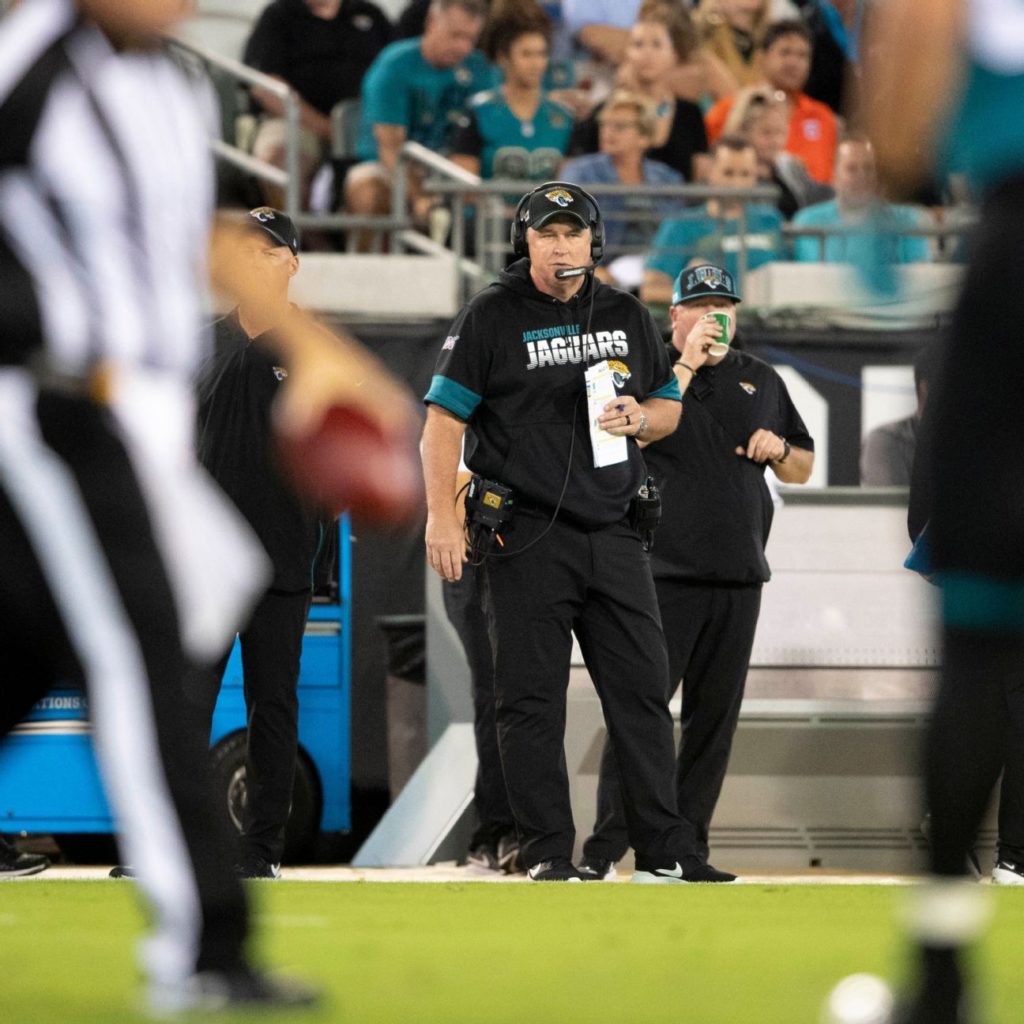Holding flags a topic of NFL ref conference call
Addressing a surge of offensive holding penalties so far this season, the NFL held a conference call with its referees in…

The NFL held a conference call Saturday night with its 17 referees to address a surge of flags for offensive holding this season, an effort to get the entire officiating department on the same page moving forward.
Senior vice president of officiating Al Riveron confirmed the call to ESPN officiating analyst John Parry. Such conference calls are common during the course of the season, and Riveron addressed other topics as well. But the effort could decrease the rate of offensive holding flags beginning with Sunday afternoon’s games.
The issue began with what was intended to be a narrow point of emphasis against a technique sometimes referred to as a “lobster block,” when an offensive lineman wraps his arms around a defender while blocking on the backside of running plays. But it grew into something much more significant, and during the first two weeks of the season, NFL officials threw 178 flags for all types of offensive holding — a 66 percent increase from the same time period in 2018.
The spike also contributed to a 16.2% increase in total penalties compared to Weeks 1-2 of last season, as well as a slight drop in scoring from 21.97 offensive points per game in 2018 to 20.9 in 2019. There were another 10 offensive holding calls in Thursday night’s game between the Tennessee Titans and Jacksonville Jaguars.
New England Patriots quarterback Tom Brady even tweeted Thursday night that “ridiculous penalties” in the first half of the Jags’ win led him to turn it off.
During Saturday’s call, Riveron instructed referees to continue emphasizing the need for offensive linemen to immediately move their blocks inside the defender’s frame if they initiate the block outside. But on frontside and other blocks, Riveron counseled them to allow for more time to get the block inside the frame before throwing a flag.
Riveron’s effort would follow the traditional trend for points of emphasis, which usually lead to a surge in calls during the preseason and the early part of the regular season. In some cases, coaches and players adjust as the flag rate flattens out. In other cases, the NFL officiating office or the competition committee steps in to mandate an adjustment.




